We earn commission when you buy through affiliate links.
This does not influence our reviews or recommendations.Learn more.
Cryptocurrency is fascinating and puzzling at the same time.
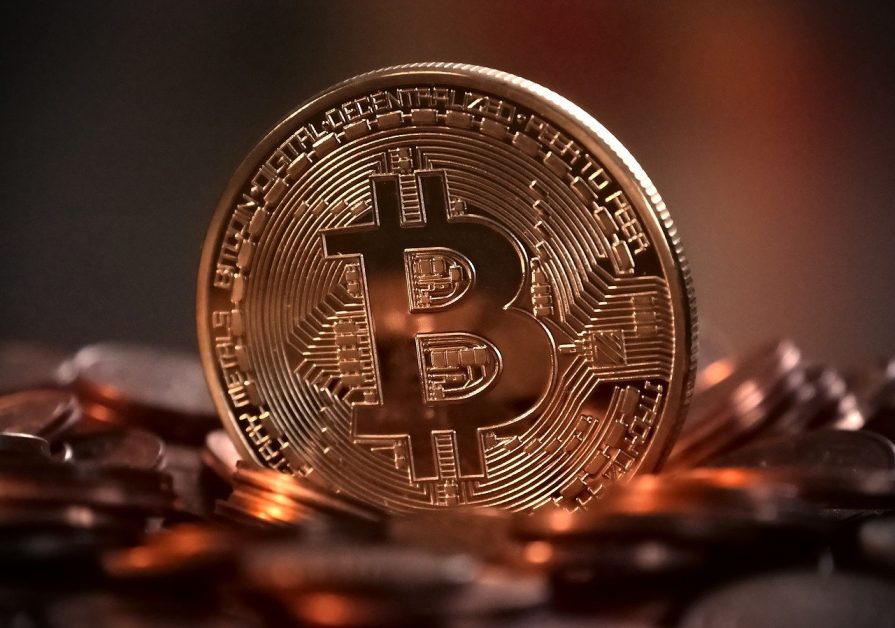
But Cryptocurrency Mining is one step ahead in pushing people to scratch their heads.
Fret not; this article will explain everything about cryptocurrency mining and related terms.
Crypto is derived from the Greek word kruptos meaning hidden.
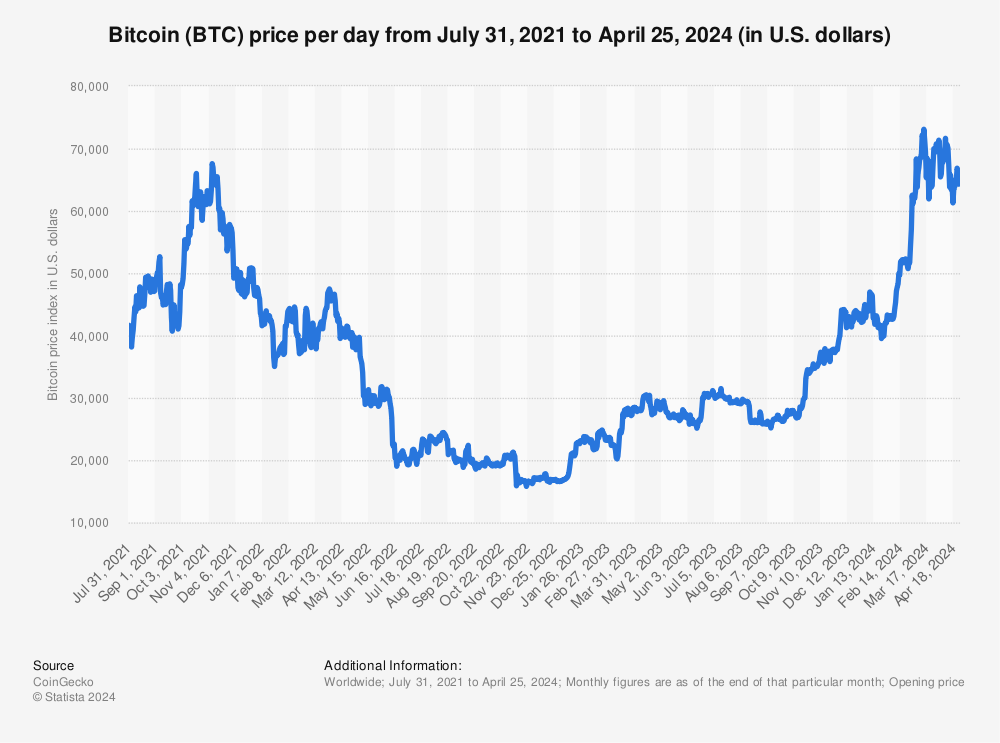
So lets take a deep dive into the crypto world to reveal its subtle details.
What is Cryptocurrency?
This is the one that started all of this, bitcoin, the biggest of all cryptocurrencies.
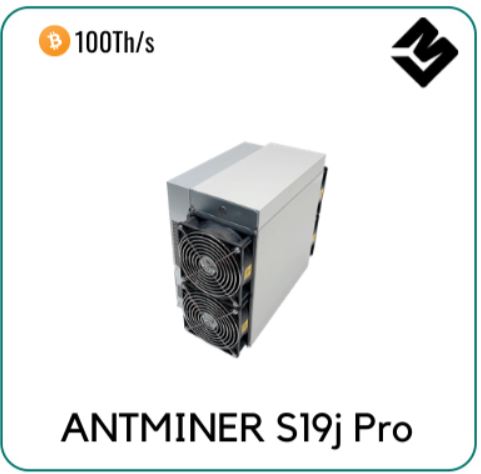
There were5,840 cryptocurrencies as of August 2021,according to Statista.
The most popular are Bitcoin, Ethereum, Cardano, Tether, Binance Coin, XRP, etc.
Bitcoins are digital coins managed at decentralized digital ledgers called blockchains.

They are circulated (mined) and used without the centralized control of any public or private institution.
Its like the peoples money.
Ordinary people like us are responsible for making it a reality.
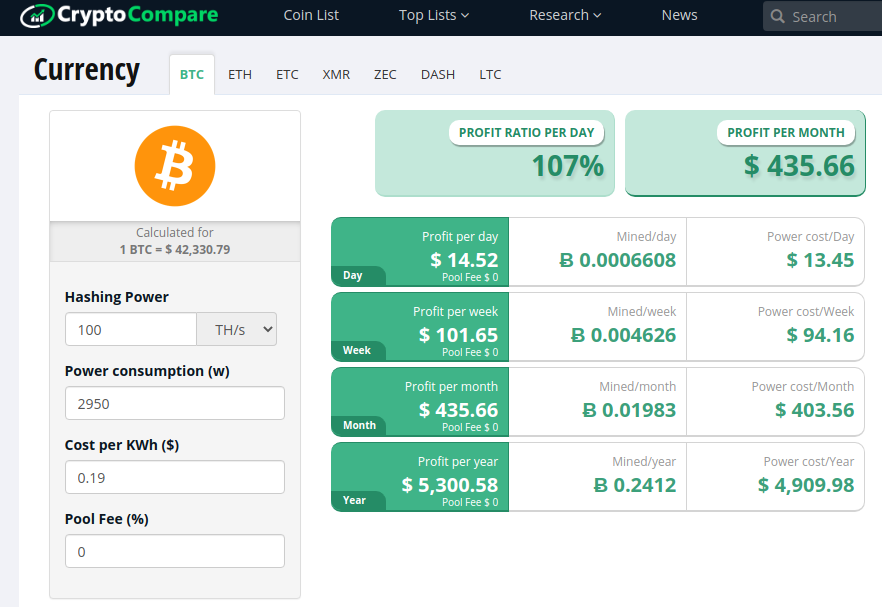
Its base technology, blockchain, ensures its secure operation.
This same technology underpins the non-fungible tokens as well.
Blockchain is a digital database that keeps a permanent and immutable record of every transaction on it.
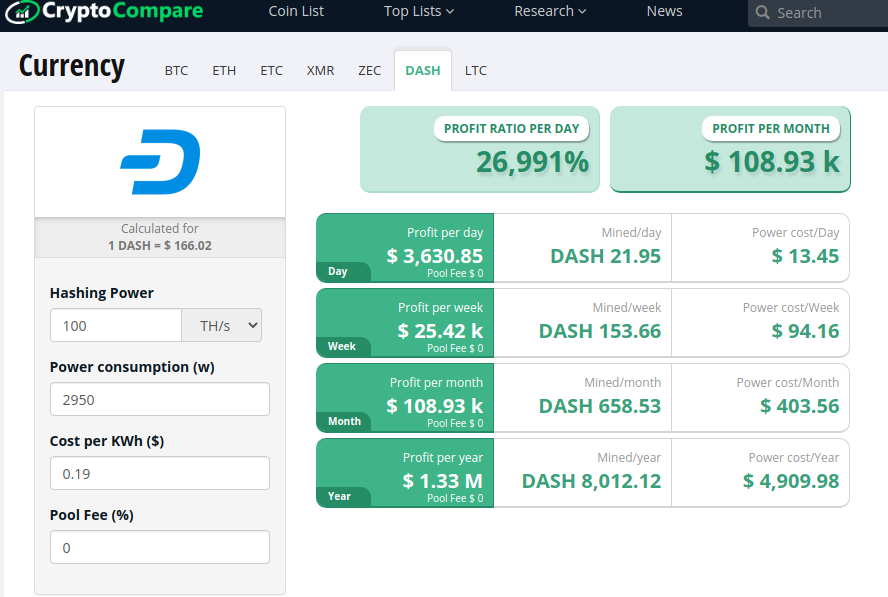
Additionally, blockchain verifies the transactions via internet consensus.
The nodes do this verification process to validate the ongoing transactions.
This operation also mines new bitcoins for circulation.

Interestingly, unlike fiat currencies, there is a circulation limit to most cryptocurrencies.
For instance, only 21 million Bitcoins can be mined.
This fact turns cryptocurrencies into a powerful hedge against inflation.
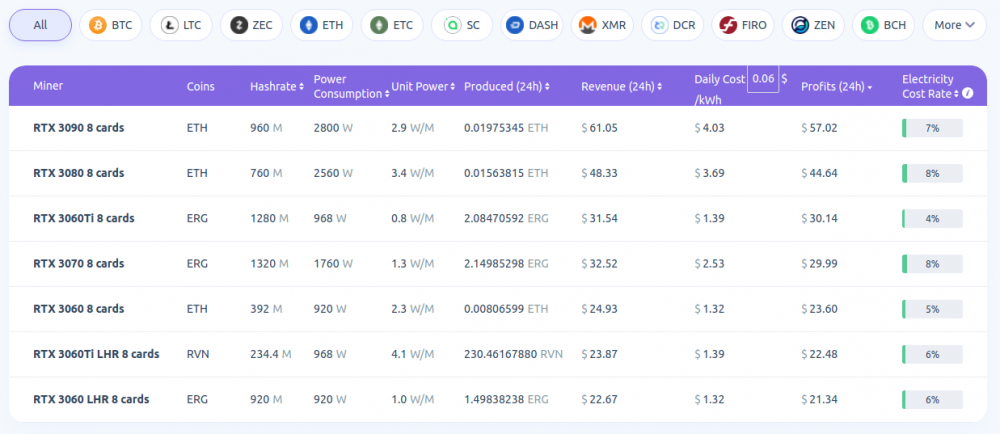
The only factor that can sway the value of a digital coin is public speculation.
It can cliff-dive by a sell-off or skyrocket with people lining up to use it.
But it is getting mature.

More and more platforms are pledging their support for cryptocurrencies by accepting them.
So, its about time you knew it inside out.
Taking one at a time, lets jump into the crux of this article, cryptocurrency mining.
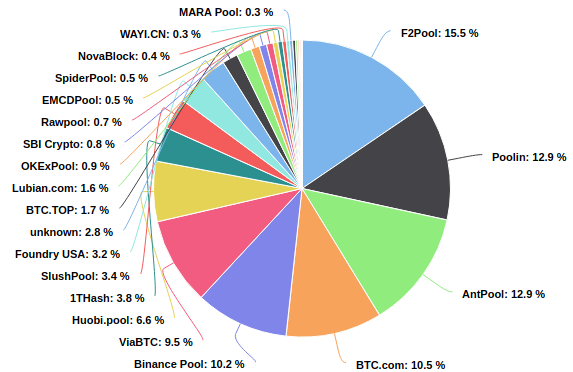
What is Cryptocurrency Mining?
There are numerous cryptocurrencies out there, and they slightly differ in their mining protocols.
So, well stick to Bitcoin, and in this segment, we will further discuss Bitcoin mining specifically.
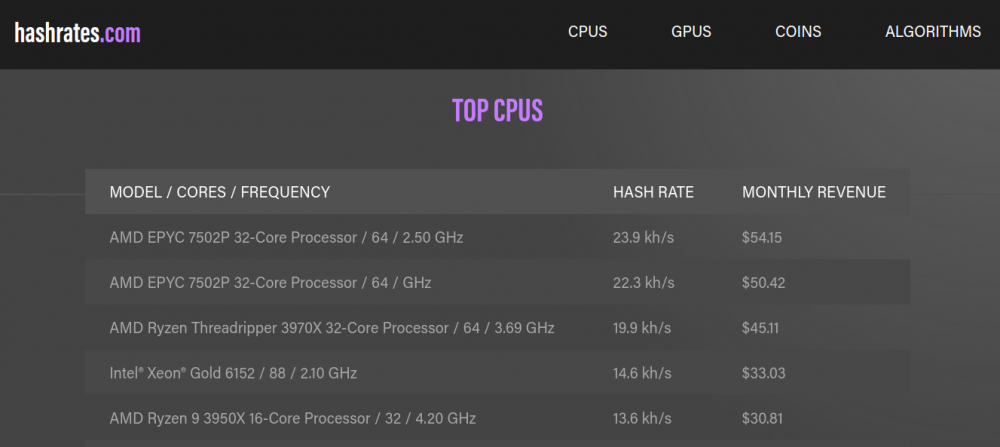
Crypto mining brings new coins into circulation and authenticates ongoing transactions.
It uses cryptography to check counterfeiting and double-spend.
To understand mining, first, well have to know how blockchain works.
Suppose youre using Bitcoin to purchase dinnerware at Overstock.
What will you do?
Simply add your product to the cart and check out with Bitcoin as the preferred payment method.
This latest block keeps taking entries until it is full.
Each block is limited to 1 MB of data at present.
Formation of a block and verification of the transactions within carries a reward for the miner.
After all, they use their resources (read electricity, equipment, etc.)
to solve complex math problems to get your transaction onto the blockchain.
This complex math problem refers to finding a 64-digit hexadecimal number, called a hash.
The incentive is usually paid in the cryptocurrency itself.
But not every miner gets paid.
Only the first one to come up with the correct hash receives the reward.
Others get nothing but an electricity bill.
So, the process is risky and occasionally fruitful.
And, it can be a time waster if you dont have powerful computing at your disposal.
While we have an overview of the crypto mining process, its time to uncover some hidden technical details.
And, first comes the foundation of blockchain security: hash.
What is a Crypto Hash?
As mentioned above, it’s crucial that you find the hash to complete a block worth of transactions.
A hash looks like this:
Every block has a unique hash associated with it.
Its always a 64 digits number, no matter the transaction data.
Any alteration of a single transaction will generate a different hash.
So, transactions once recorded are tamper-proof.
Additionally, every blocks hash is related to the hash of its predecessor block.
This adds to the immutability of the blockchain.
Based on the length of the chain, it can require tremendous computing power.
Not all forks are initiated by bad actors.
Few are also system-generated forks, which can be seen as upgrades.
For instance, the London Hard Fork on the Ethereum was legit.
It took place on Aug-05-2021 12:33:42 PM +UTC, from block no.
12,965,000. you could find the history of all forks on the Ethereum blockchainhere.
This rock-solid process of securing blockchain transactions with hashes is calledcryptography.
How do Crypto miners find the target hash?
The target hash is a numeric value decided by the data pipe after every 2,016 blocks.
The aim is to maintain the mining difficulty such that a block gets mined every 10 minutes on average.
It is the value a hashed block header is targeted at.
Block headersare 80-byte data string that acts as the ID of individual blocks.
And the first one to do it wins the block reward.
Its like winning a lottery.
Back in 2009, mining was easy.
You could have mined with your personal computer.
Interestingly, as Bitcoin gained popularity, its value surged, and more people jumped into miningprofessionally.
But even if you dont want to invest substantially in mining equipment, there are options for you.
To know this better, let me discuss various types of mining.
Types of Mining
Based on the number of participants, you might divide mining intoSoloandPool.
Its termedCPU miningorGPU miningas per the primary equipment used in the process.
But, if youre using rented infrastructure, then its calledCloud Mining.
Lets explore each one of them.
#1.Solo Mining
Solo mining, as the name might suggest, is mining independently.
Notably, you miss sharing the profits of other miners as well.
Mining equipment takes a lot of power.
Add to this the sky-high cost of mining rigs, and your wallet may start to feel lighter already.
The good news is, this cut-throat mining atmosphere is only valid for bitcoin and some other established currencies.
For illustration, Ill assume you live in California, USA.
Location is essential for calculating electricity bills and the general feasibility of mining as a profession.
Now youve two options for the equipment.
Either go for a general crypto mining rig or buy anApplication-Specific Integrated Circuit (ASIC) Miner.
A crypto mining rig is excellent, and its like a pumped-up regular personal computer.
It deploys lots of graphic cards to get the job done.
But it wont be as fast as with ASIC units.
In addition, you should look through thisarticlebefore starting with your mining rig.
Next and the professional option is ASIC miner.
They have dedicated mean machines invented (assembled) for only one purposemining.
So for this example, Ill take the Antminer S19j Pro 100TH/s mentioned above.
This ASIC miner has 2950w power consumption.
And, since were mining solo, Ive set the pool fee as zero percent.
Now to calculate the profit, Ill use CryptoCompare.
This is the output:
Now, the median income in California in 2019 was roughly 32000 USD.
Itll be around 74*9300 = USD 688,200 on the ASIC miner bill.
Remember, we havent yet added the cost of real estate, ventilators, cooling, etc.
In short, its VERY costlyif youre mining Bitcoin.
Lets go through this calculation once again for Dash (another cryptocurrency that use X11 algorithm) this time.
In this case, that single ASIC unit pushed you over USD 100,000 in monthly profit.
So yes, mining can make you a millionaire, but only for the right choice of coin.
Additionally, include overhead costs for a complete financial picture.
These are the tasks to start mining solo.
Heads up, this is a bit technical stuff.
But, youll get there if you take one step at a time.
a) Configure a full node: Full nodes are the primary stakeholders of the Bitcoin blockchain.
They help in validating transactions along with other full nodes in the web connection.
b) Creating a bitcoin.conf file: This file helps in modifying the full node per your details.
Afterward, you save it to the default Bitcoin directory.
d) Launch the mining softwareas per the details entered in the Bitcoin configuration file.
Just keep in mind that mining depends on luck as well.
Its not a definite milestone to achieve with powerful hardware.
You may come home empty-handed despite sophisticated machines buzzing by your side.
This holds especially true for solo miners.
Nevertheless, its not always feasible to invest this much.
Keeping this fact in mind, let us jump over to an economical alternative, pool mining.
#2.Pool Mining
Pools are like a group contributing to the mining process.
You take part with your limited computational prowess and get the rewards according to your hashrate.
For example, you might joinF2Pool, the biggest mining pool at present.
But even that one is using an ASIC miner, although a less powerful one.
So your profits will still be lesser if youll only use your graphic card for mining.
It is essential to consider everything and make theright choice.
Like with solo mining, you might also use CryptoCompare for pool mining.
#3.CPU and GPU Mining
The only difference in these is the hardware used for crypto mining.
CPUs are cheaper than GPUs.
However, they dont mine nearly as well.
However, it can be tried by new entrants in the crypto world without any gigantic investment upfront.
The setup is similar for both CPU and GPU mining.
First, choose and set up acrypto wallet.
Then, download and configure any mining software for your desired cryptocurrency, and youre good to go.
You dont care for the hardware, software, and maintenance hiccups.
Its like using a paid Gmail.
Notably, you pay your dues beforehand even if you dont make any profits.
Because crypto is a volatile market, and your contract doesnt care a thing about that.
Crypto Trading
Mining is not the only way to own crypto.
you’re free to also trade your fiat currency for these.
Some exchange portals also permit exchanging between crypto coins.
But mining appeals to crypto enthusiasts unlike anything else.
Not only do they earn bitcoin this way, but they also contribute to the sustainability of the connection.
They make the blockchain more secure and keep the transactions going.
Without mining, there wont be new coins.
Additionally, they do have a say in any change in web connection protocols.
FAQs on Bitcoin Mining
It depends on the mining pool.
Youll find detailed guides on reputed pool websites about software and hardware setup.
Because mining costs real money.
In most cases, you cant do it profitably without custom hardware and with the apparent electricity bills.
The cost is relative to the profits you want to earn.
Its just the cost of electricity if you have the necessary hardware and real estate.
Final Words
In short, cryptocurrency mining is for the technically skilled.
Its an unpredictable market.
So, better test the waters thoroughly before jumping in with your hard-earned money.
Conclusively, try mining smaller coins before going for the big fish.
Many are making fortunes by crypto mining.
And with the right knowledge base and resources, you should be able to achieve success.